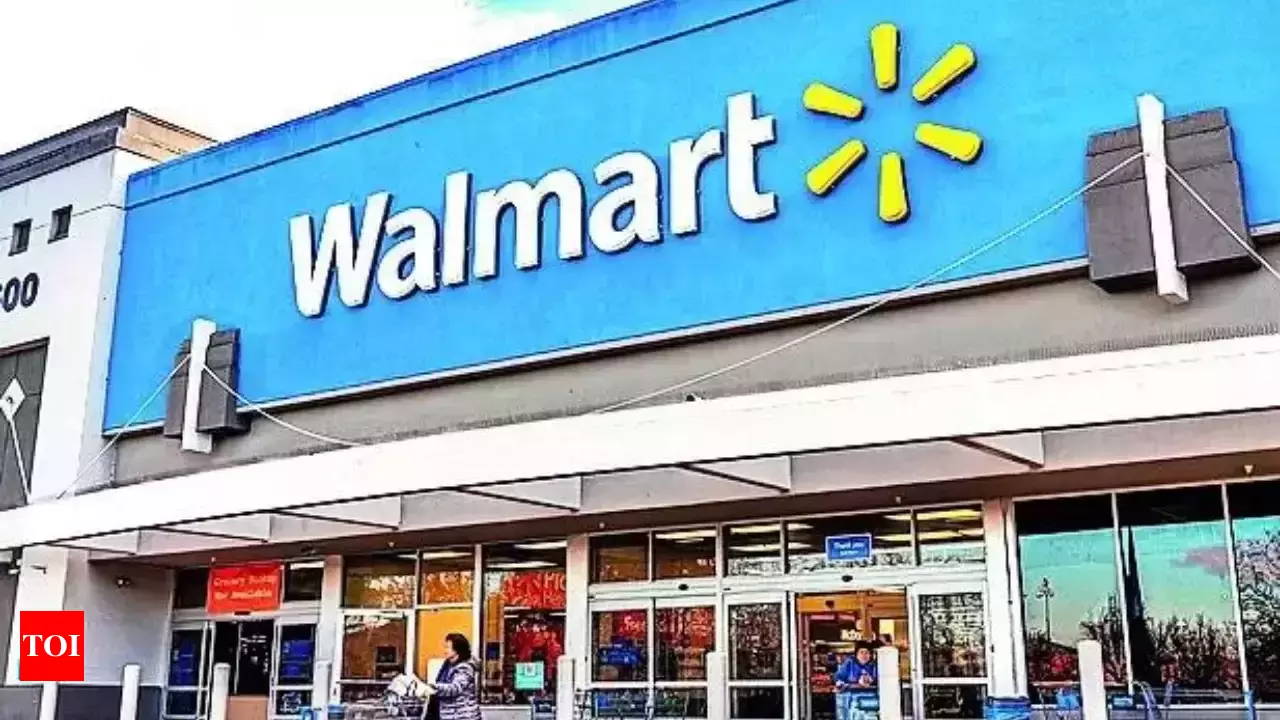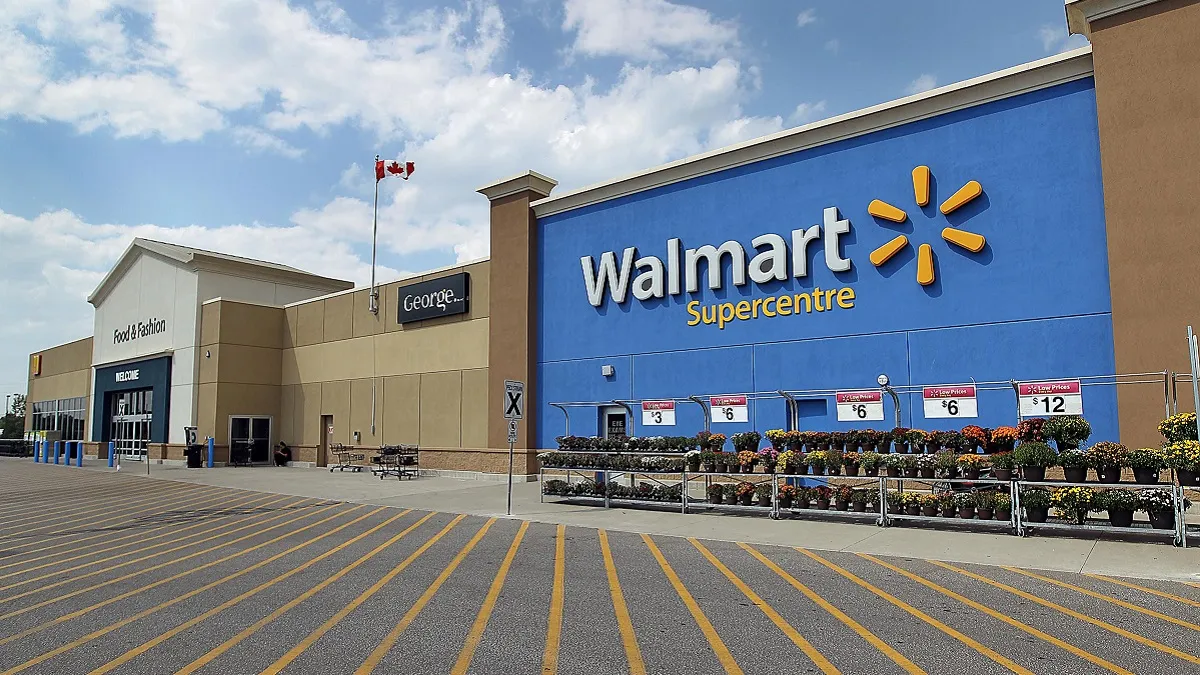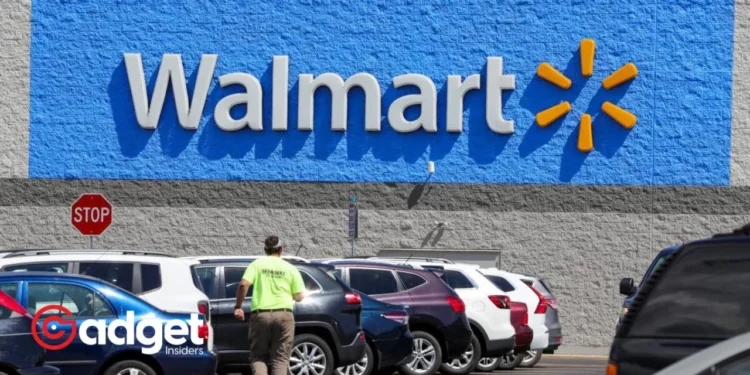The retail landscape is undergoing a seismic shift as Walmart, a key player in the American consumer market, announced a strategic tweak to its return policy amidst intensifying competition among the nation’s retail behemoths. In an era where Amazon, Target, and Walmart vie for supremacy, offering an array of perks to lure customers, Walmart’s latest move signals a significant recalibration in its approach to e-commerce and customer satisfaction.

A New Chapter in Retail Competition
As 2024 unfolds, the battle lines are drawn in the retail sector. Amazon (AMZN), Walmart (WMT), and Target (TGT) stand as the titans of the industry, catering to the everyday needs of the American shopper. From health and wellness products to outdoor gear and pet supplies, these retail giants have become synonymous with one-stop shopping convenience.
Target recently upped the ante with the introduction of Target Circle 360, a paid membership promising an array of benefits including unlimited free same-day delivery for select orders and exclusive access to Shipt’s preferred shoppers program, all for $99 per year.
This initiative directly challenges the value propositions of Amazon Prime and Walmart+, each offering a unique blend of benefits aimed at enhancing the shopping experience and cementing customer loyalty.
Walmart replaces plastic e-commerce envelopes with recyclable paper https://t.co/SyuXBTA5XK via @GreenBiz
— PROPAK (@propak_at) March 25, 2024
Walmart’s Strategic Pivot
Amid this fiercely competitive backdrop, Walmart has taken a bold step by adjusting its return policy. In a discreet announcement in its March Seller Digest, the retail juggernaut revealed plans to increase shipping rates for orders fulfilled by third-party sellers.
This decision underscores Walmart’s response to evolving market conditions and its continuous effort to balance customer satisfaction with operational efficiency. This marks the first change to Walmart’s return policy pricing in approximately two years, reflecting a broader industry trend where retailers grapple with the logistical and financial challenges of returns.
Both Target and Walmart have historically offered generous 90-day return policies for unopened goods, with Amazon allowing returns within 30 days of purchase. The growing prevalence of online shopping has only amplified the return phenomenon, presenting retailers with considerable logistical hurdles.

Navigating the Future of Retail
Walmart’s latest policy adjustment may seem like a minor tweak, but it is a clear indicator of the shifting dynamics within the retail industry. As companies strive to maintain a delicate balance between customer convenience and operational sustainability, strategies such as the “Keep It Rule” emerge as innovative solutions to mitigate the costs associated with returns.
The retail giants’ ongoing efforts to outdo each other have set the stage for a fascinating evolution of the shopping experience. As consumers, we stand to benefit from the enhanced services and competitive pricing that this rivalry inevitably fosters.
However, the implications of these strategic moves extend far beyond the checkout line, influencing the very fabric of retail operations and e-commerce strategies.
In the high-stakes game of retail competition, Walmart’s recalibration of its return policy is more than just a response to market pressures; it’s a testament to the adaptability and forward-thinking approach that will define the winners in the quest for consumer loyalty. As the retail landscape continues to evolve, one thing remains clear: the battle for the hearts and wallets of shoppers is far from over.










